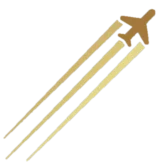Learn To Fly With Australia's Best Flight Training Schools
Australian Flying Schools
Discover, compare, and connect with top-rated flight schools offering recreational, private, and commercial pilot training programs across Australia. Our comprehensive directory helps you find the perfect flight training provider for your aviation journey
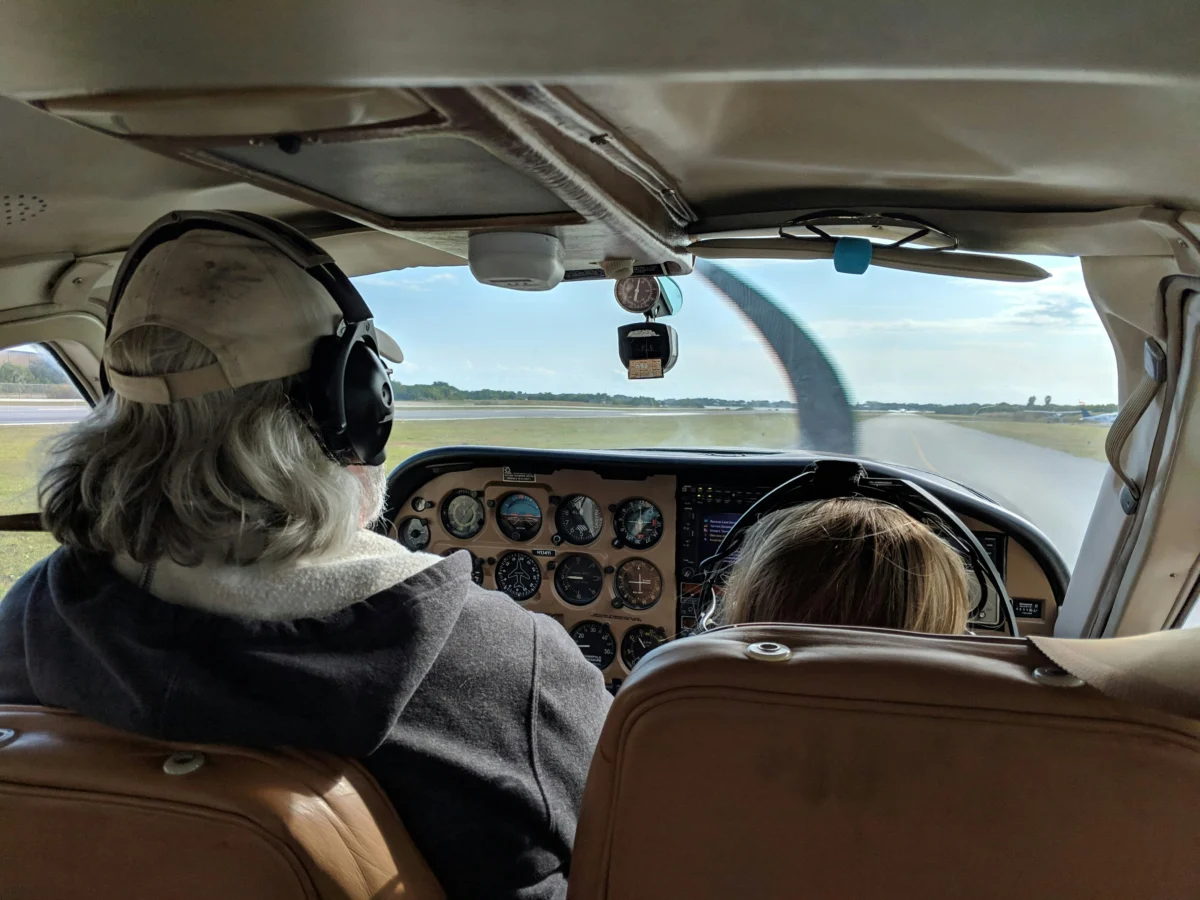
Find a Flight School
Learn to Fly with Australias Best Flying Schools
Browse by popular categories
RAAUs - RPC Schools
Find flight schools offering the Recreational Aviation Australia certificate training. Compare part-time and intensive pilot training courses designed for hobby flyers and those beginning their aviation journey.
RPL & PPL Schools
Locate trusted aircraft maintenance providers across Australia. Our directory features certified aircraft maintenance engineers, avionics specialists, and maintenance facilities for all aircraft types. Search by maintenance capabilities, certifications, and service specialties to keep your aircraft airworthy and compliant
CPL & ATPL Training
Discover comprehensive commercial pilot certification programs and airline transport pilot preparation courses. Compare flight academies with career pathways, airline partnerships, and advanced training options.
Essential Resources for Student Pilots
Access comprehensive guides, tools, and information to support your flight training journey from first flight to certification.
Pilot License Requirements Guide
Understand the requirements for recreational, private, and commercial pilot certifications in Australia
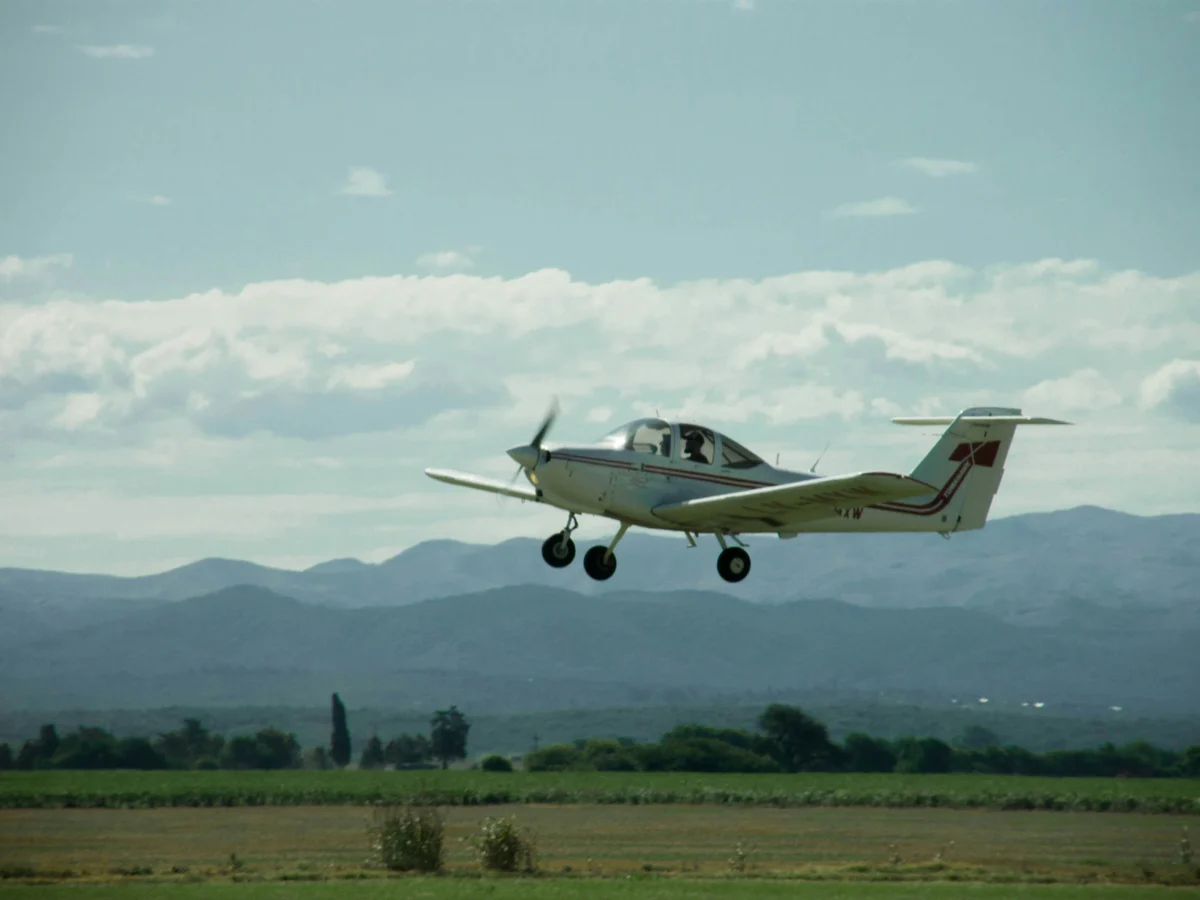
Flight Training Medical Requirements
Learn about student pilot medical requirements and certification processes for different license types

Aviation Theory Course Comparison
Compare aviation theory courses online and in-person options from flight schools across Australia
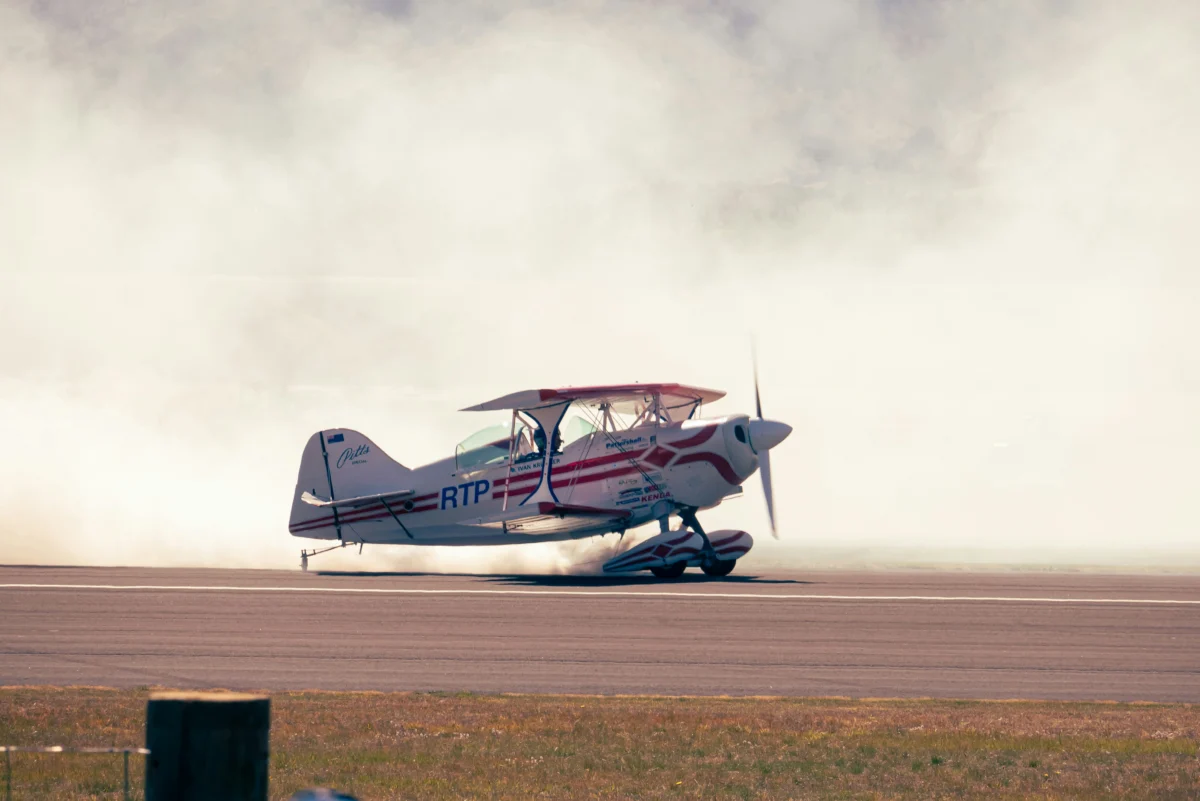
Aircraft Hire: Private, Commercial
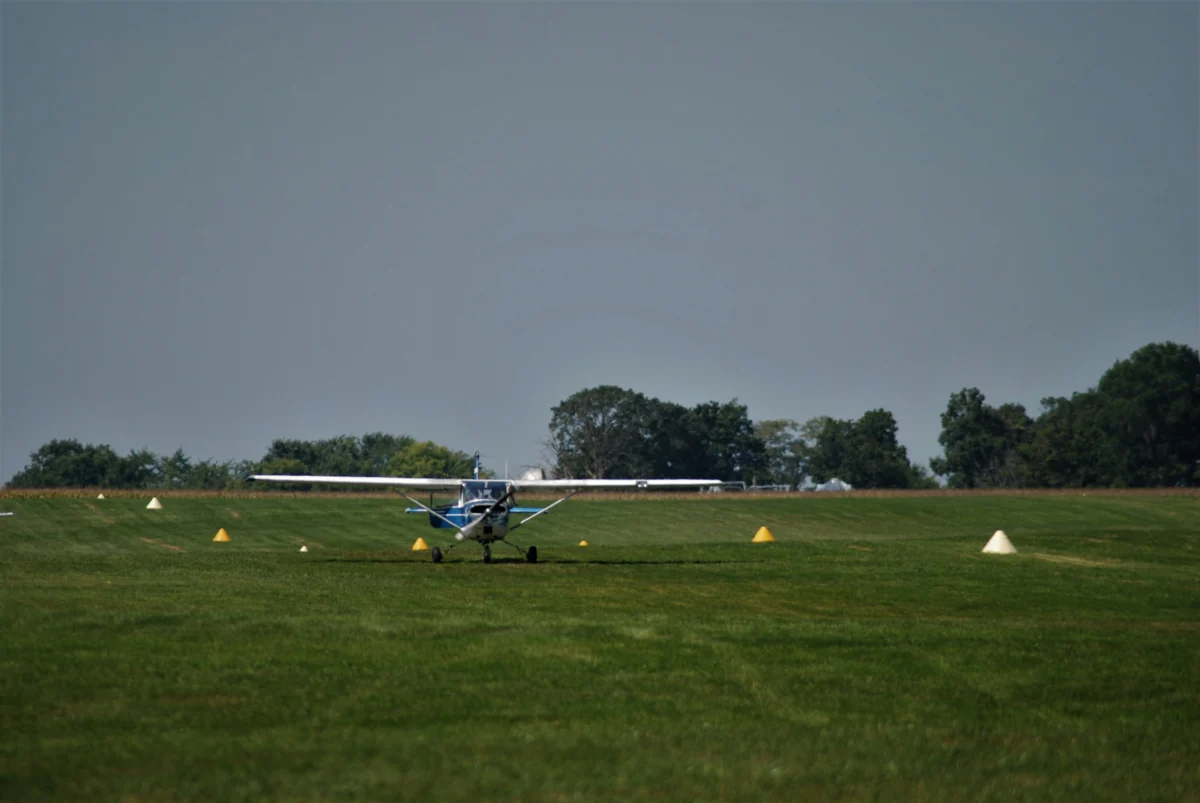
1. Australia's Flight Training Directory
Our directory includes detailed information on training aircraft types, instructor qualifications, course structures, and authentic student reviews to help you make informed decisions about your aviation education.
2. Advanced Flight School Search Filters
Filter flight schools by location, pilot license types offered, aircraft fleet, training approaches, and pricing to find your perfect match.
3. Verified Student Pilot Reviews
Read authentic reviews from student pilots who have completed training at each school, with ratings for instruction quality, aircraft condition, and value for money.
4. Detailed Training Aircraft Information
Compare flight training aircraft types available at each school, including fleet size, avionics capabilities, and availability.
Finding the Right Flight School
Flight Training Cost Comparison Tools
Compare flight training financing options and understand the total investment required for different pilot licenses and ratings. Our directory provides transparent information on hourly rates, package pricing, and additional costs to help you budget effectively.
Flight Training Aircraft Types Comparison
Evaluate the training aircraft used by different flight schools, from traditional trainers to modern glass cockpit aircraft. Learn about the advantages of different aircraft for specific training goals.
Flight Training Hour Building Strategies
Discover efficient flight training hour building strategies and programs offered by schools in our directory. Compare approaches to accumulating required experience for commercial licenses and ratings.
Flight School FAQ's
Find answers to common questions about finding and selecting flight training programs
Flight training costs in Australia vary significantly depending on the license type, location, and training intensity. For a Recreational Pilot License (RPL), expect to invest approximately $8,000-$12,000. A Private Pilot License (PPL) typically costs between $15,000-$25,000. Commercial Pilot License (CPL) training is more comprehensive, with costs ranging from $60,000-$100,000+. Additional ratings like instrument or multi-engine will add $8,000-$15,000 each. These figures include aircraft hire, instructor fees, theory materials, and examination costs. Many flight schools offer package pricing that can provide better value than pay-as-you-go training.
The timeframe to obtain a Private Pilot License in Australia typically ranges from 6-12 months for part-time students flying 1-2 times per week. Full-time intensive programs can compress this to 3-4 months. The minimum requirement is 40 hours of flight time (including 10 hours solo), though most students require 50-60 hours to develop proficiency. Weather delays, individual learning pace, and training frequency all influence completion time. Setting a consistent training schedule with minimal gaps between lessons generally leads to more efficient progress and lower overall costs.
Medical requirements vary by license type. For a Recreational Pilot License, you need a Recreational Aviation Medical Practitioner’s Certificate (RAMPC), which is similar to a standard driver’s license medical. Private and Commercial Pilot Licenses require a CASA Class 2 or Class 1 Medical Certificate respectively, issued by a CASA-designated Aviation Medical Examiner (DAME). These examinations assess vision, hearing, cardiovascular health, neurological function, and general physical condition. Some medical conditions may require additional testing or special consideration but don’t necessarily disqualify you from flying. It’s advisable to obtain your medical certificate before investing significantly in flight training.
The choice between part-time and intensive flight training depends on your schedule, learning style, and financial situation. Intensive programs (flying 4-5 times weekly) offer faster completion and better knowledge retention between lessons, potentially reducing the total hours needed. They’re ideal if you can dedicate full-time focus to training and have financing secured upfront. Part-time training (1-2 flights weekly) allows you to balance flying with work or study commitments and spread costs over time, but may require more total hours due to skill regression between lessons. Consider your learning style as well—some students benefit from the immersive experience of intensive training, while others prefer more time to absorb concepts between flights.
The Recreational Pilot License (RPL) and Private Pilot License (PPL) differ primarily in privileges and requirements. An RPL allows you to fly within 25 nautical miles of your departure aerodrome in single-engine aircraft under 1,500kg during daylight hours, carrying passengers but not for hire or reward. The PPL removes these restrictions, allowing cross-country flying throughout Australia, night flying (with an endorsement), and operation of larger aircraft. The RPL requires a minimum of 25 flight hours while the PPL requires 40 hours. Many pilots start with an RPL and later upgrade to a PPL, with training hours counting toward both licenses. The RPL is ideal for recreational flying close to home, while the PPL offers more flexibility for travel and is a stepping stone toward commercial qualifications.
When evaluating flight schools with different aircraft types, consider your training goals, budget, and future flying plans. Traditional analog aircraft (like Cessna 152/172 or Piper Warriors) typically have lower hourly rates and simpler systems, making them cost-effective for basic training. Modern glass cockpit aircraft cost more per hour but provide familiarity with advanced avionics similar to what you’ll find in newer aircraft and airlines. For primary training, the aircraft matters less than instructor quality and school reputation. If you’re training for a career, exposure to both analog and digital systems is beneficial. Consider aircraft availability and fleet size as well—schools with larger fleets typically offer better scheduling flexibility and less training disruption during maintenance periods.
Several financing options exist for flight training in Australia. Many flight schools offer payment plans allowing you to pay as you train or in scheduled installments. Some provide package discounts for upfront payment of larger training segments. VET Student Loans are available for approved diploma-level courses at certain training organizations, covering up to specified amount caps. Personal loans from banks or credit unions are common options, though interest rates vary widely. Some specialized aviation lenders offer loans specifically designed for flight training. Several aviation organizations also provide scholarships and grants for promising students. Veterans may qualify for training support through DVA programs. Compare total costs including interest when evaluating financing options, and consider starting with smaller license goals (like RPL) before committing to full commercial training financing.
Yes, flight training hours are transferable between flight schools in Australia, provided they’re properly documented in your logbook with instructor endorsements. All flights logged with a qualified instructor or solo under instruction count toward CASA licensing requirements regardless of where they were completed. However, when transferring, expect the new school to conduct an evaluation flight to assess your skills and potentially recommend some remedial training to align with their teaching methods. Different schools may have varying syllabus structures, so some training elements might need reinforcement. Your theory progress is also transferable, though if you’ve completed examinations, these results remain valid regardless of where you continue training. Always ensure your logbook is accurately maintained and endorsed to facilitate smooth transfers.
When evaluating flight schools, ask about: instructor experience and turnover rates; student-to-instructor ratios; aircraft fleet size, age, and maintenance practices; scheduling policies and typical wait times between lessons; syllabus structure and training materials; ground school options (in-person vs. online); safety record and standardization procedures; examination pass rates and typical time/hours to completion; total realistic costs including “hidden” fees; and availability of advanced training if you plan to progress beyond initial licenses. Also inquire about their approach to weather cancellations, simulator availability, and policies for solo aircraft rental. Request to speak with current students and see training facilities firsthand. The school’s responsiveness to these questions often reflects their overall professionalism and teaching approach.
Instructor qualifications and experience are critical factors when choosing a flight school, often more important than aircraft types or facilities. Look for schools with Grade 1 or Grade 2 instructors who have substantial experience, especially for primary training. Beyond formal qualifications, consider instructor stability (high turnover can disrupt training), teaching styles, and the school’s standardization practices. The best instructors adapt to different learning styles, provide constructive feedback, and have strong safety consciousness. Many experienced pilots recommend choosing specific instructors rather than just schools. During introductory flights, assess how effectively instructors communicate and whether their teaching approach matches your learning style. Quality instruction typically leads to more efficient training progression, potentially saving money despite possibly higher hourly rates.
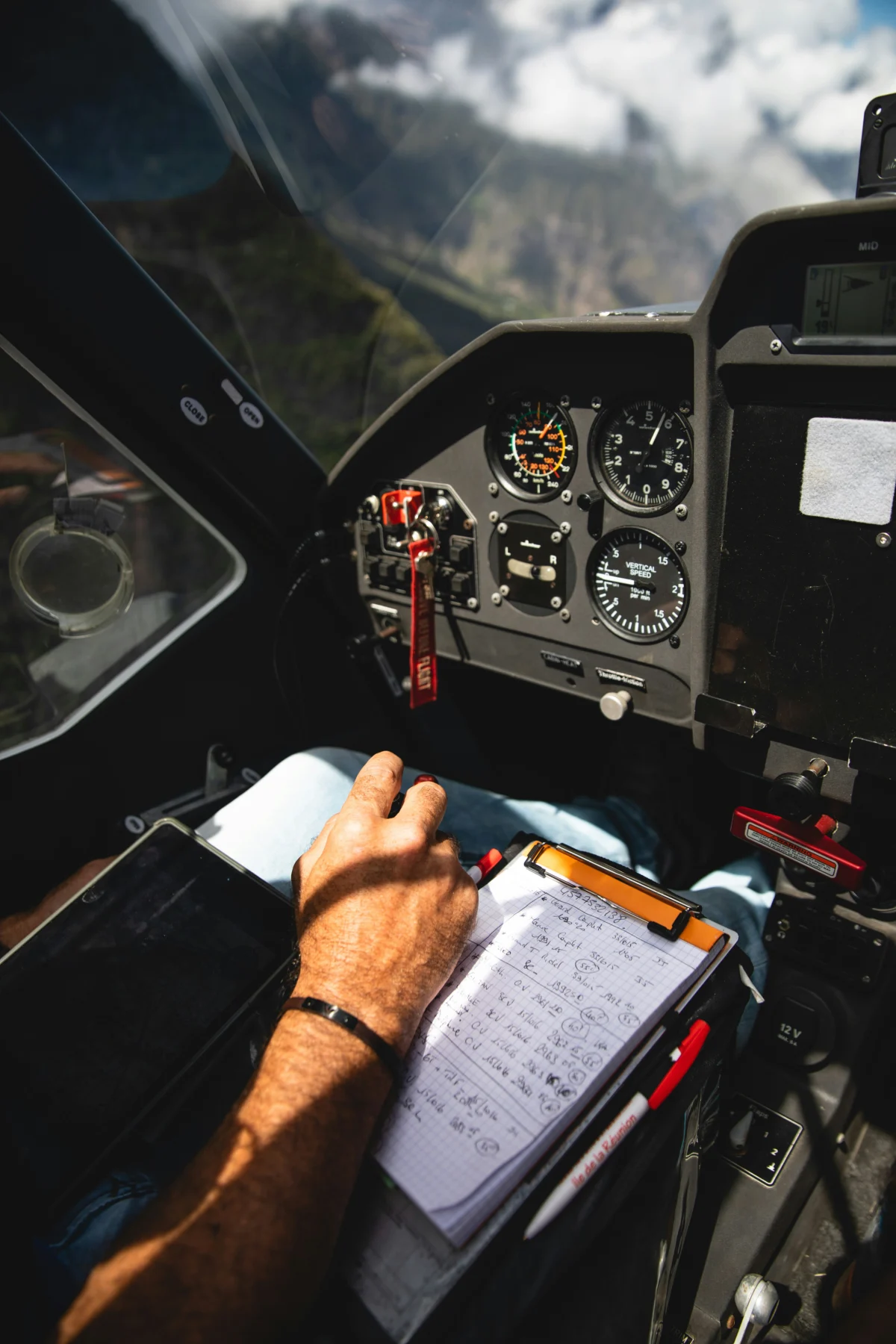
What's Holding Back Your Aviation Journey?
Don’t let the cost or training hours stop you from experiencing your dream of flying an airplane. Check out your local school and they will put you straight into the control seat of an aircraft on your very first lesson. At least then you will know whether to continue training, but if not, then you will have that lasting experience of being a pilot through the rest of your life.
20+
Years of Experience
Decades of experience behind the Australian Aviation Directory
30,000+
Australian Pilots
Who can provide trusted Pilot Reviews and Information
40%
Faster Search Time
When seeking local flight training, maintenance services and aircraft for hire
